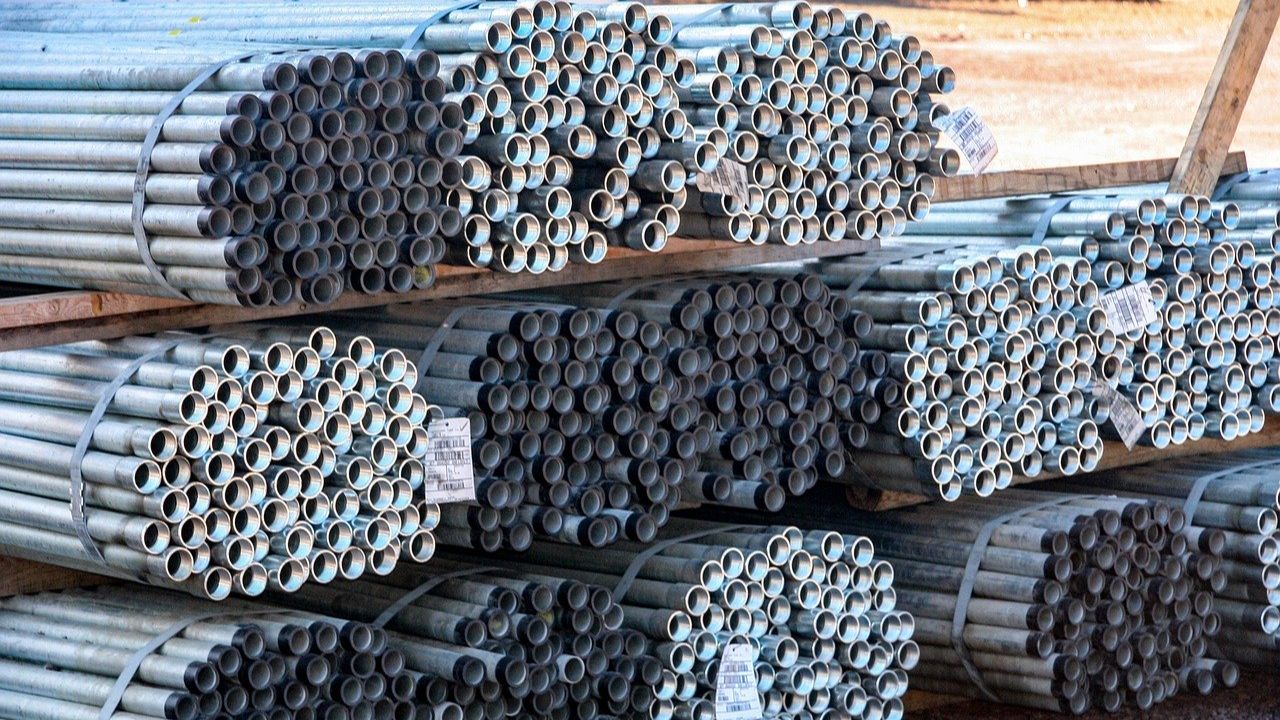The Schedule 120 pipe has become an essential component in most of the high-pressure and high-temperature applications in industries, energy, and infrastructure. Its thick walls, great strength, and ability to stand up in extreme environments make it the best option in the circumstances that are demanding. This article contains the main advantages of using Schedule 120 Pipe Specification and why it remains a favorable option in critical piping systems.
Best Pressure-Bearing Capacity
Among the most outstanding strengths of Schedule 120 pipe is the fact that it can perform and withstand high internal pressures comparatively well. This pipe schedule is incredibly thick-walled and can handle far more pressure than normal pipes, such as schedule 40 or schedule 80. In a carbon steel configuration of 6-inch schedule 120, the wall thickness may go up to 0.864 inches, and thus it can withstand a pressure of more than 3,200 psi. This qualifies it to be used in power plants, refineries, and other industrial facilities that are characterized by high-pressure operation.
Increased Tolerance to Temperature
The structural integrity of piping is very important in a high-temperature environment. The schedule 120 pipe is designed to work even in high temperatures, and its range can keep temperatures up to 450 o C, depending on the material. Such thermal resilience is critical in processes like steam transportation, boiler system, and other thermal power processes. The fact that the pipe could be used in both high pressure and high temperature environment minimizes risk of failure and makes it safe to operate.
Strength and Long Service Life
The other significant advantage of Schedule 120 pipe is its strength. This thick wall of the pipe not only enables it to withstand high pressure on its inside, but also enhances its resilience to the outside physical forces. It can withstand much mechanical stress, corrosion, and wear compared to lighter pipe schedules. This hardness equates to extended service life, which means that there are fewer instances of maintenance and replacement. Consequently, industries have reduced downtime and cost efficiency during the life of the installation.
Cross-application Versatility
The schedule 120 pipe finds application in a large number of industries because of its strong characteristics. It is widely used in the petrochemical industry, where steam at high temperatures and corrosive chemicals are transported. It is also best suited in the energy plants to transport pressurized fluids like water or fuel during fossil fuel and nuclear processes. This pipe schedule is also used in other developments of infrastructure, such as dam pipes or undersea tunnel networks, due to its durability and reliability. This is evidenced by the fact that it can be applied in various environments, including those that are corrosive and under high-stress environments.
Advanced Welding and Joining Techniques
Schedule 120 pipe can be used in conjunction with high-end welding methods, even though it has a thick wall to make the joint strong and durable. It has a structure that supports the V-groove or U-groove types of welding techniques that assist in deep penetration of the weld and increased strength of the joints. The residual stress can be reduced by post-weld stress relief, and this improves structural performance as well. Such abilities guarantee the easy incorporation of Schedule 120 pipes into complicated piping networks that do not compromise safety or performance.
Adherence to International Standards
Pipes of schedule 120 are produced according to the most prominent norms, including ASTM and ASME. This makes the quality and performance similar across applications. They often use materials such as ASTM A106 carbon steel or ASTM A312 stainless steel, which provide a trade-off between strength and corrosion resistance. The engineering projects procurement and certification process is also made easy by the fact that they are by the standards that are acceptable in the industry.
Low Maintenance and Inspection Periods
The Schedule 120 pipes are more durable and therefore can be inspected less often in comparison with lighter schedules. Although routine checks, like ultrasonic wall thickness readings, are advised after every two years, there is less need for intervention in general. This is particularly beneficial in critical infrastructure whose access is restricted or when shutdowns lead to massive operational costs. The fact that the maintenance cycles are spaced out over a long period helps in saving cost and continuity of operations.
Conclusion
Schedule 120 pipe is one of the most dependable solutions in high-pressure and high-temperature applications. Its resistance to extreme conditions, along with a long life, extensive use in the industry, and adherence to international standards, makes it a mandatory element of any industrial and infrastructural project today. The advantages of employing Schedule 120 pipe are evident and strong, as industries are still seeking safer and more efficient systems.

